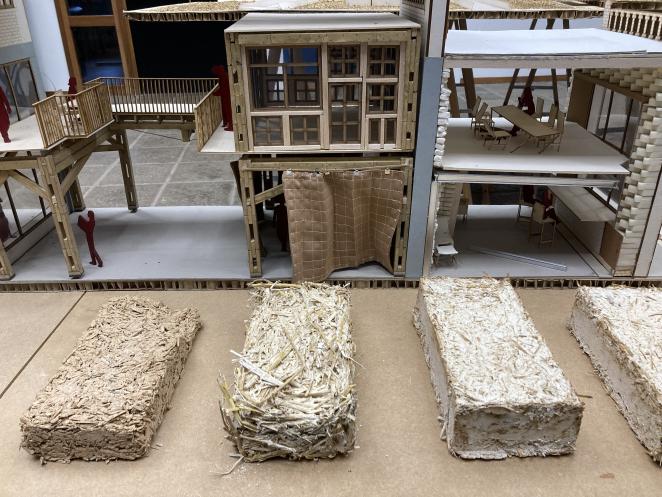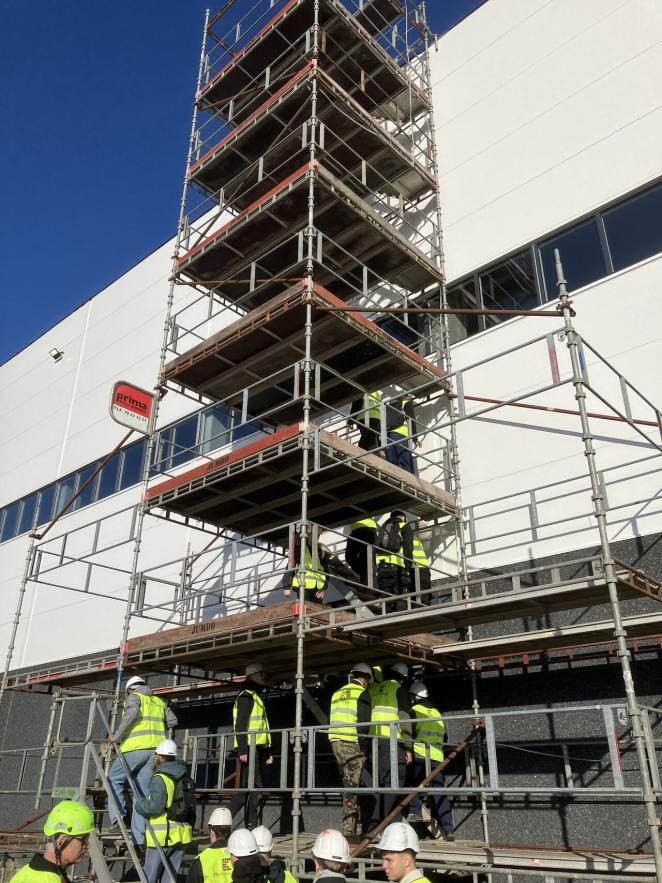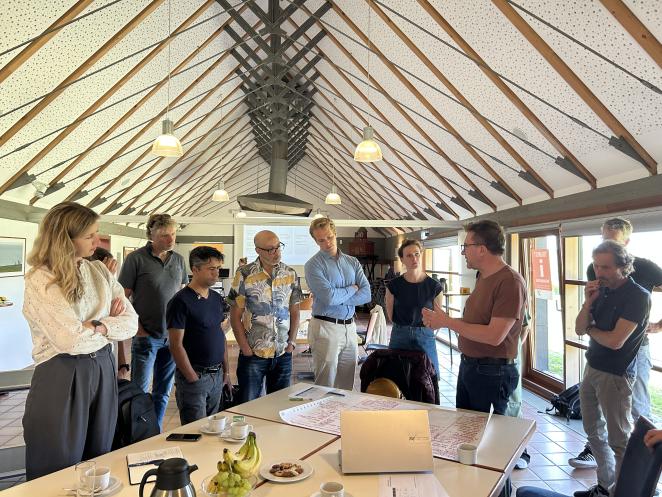In a short movie CTB partners share how collaboration, trust, and joint ambitions are crucial to scaling up circular construction across the North Sea Region and the wider Europe. Take a look and discover why stakeholder commitment and regional circular deals are crucial to reducing the sector’s material footprint.

Trust, collaboration, up-scaling
In the coming decades, Europe faces a massive building challenge. But construction requires vast amounts of raw materials. At a time when reduction of GHG emissions is essential, a circular approach to construction offers a way forward, although large-scale implementation is challenging.
Using methods such as back-casting and social transition theory, Circular Trust Building (CTB) partners are working on trust, collaboration, and scaling up amongst stakeholders. Our goal: to develop regional circular deals that prove a transnational commitment to reducing the material footprint of the construction sector by 25%.

Key aspects
The CTB project includes four key aspects:
- Stakeholder integration – Engaging all parties in the construction process to set circular goals together.
- Organised trust – Building trust through transparent communication and collaboration.
- Collective learning – Sharing knowledge and experiences to develop innovative solutions.
- Shared goals – Formulating common ambitions for circular construction.
These pillars are essential to take circular initiatives towards a systemic change.

CTB partners discuss strategies
Mind change & regional deals
To create real impact, a mind change is needed among architects, engineers, constructors, demolishers, and clients alike. We need the entire sector on board to develop circular construction as the new standard.
Within CTB, the transnational consortium has started this process by jointly designing methods and approaches which are being translated and implemented regionally. The ultimate goal is for stakeholders to sign regional declarations of intent. By doing so, they commit to circular targets and take a decisive step towards a construction sector that relies 25% less on non-circular or non-renewable raw materials.
You can watch the CTB film to learn more and see tangible examples, such as the fully circularly designed art studio on the Zernike Campus of Hanze University of Applied Sciences. This case shows that circular construction is not just feasible, but also leads to innovative and sustainable solutions that inspire further scaling up, within and across regions.
Circular Trust Building: scaling up circular construction through trust and regional deals.